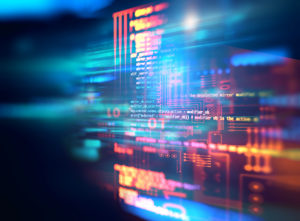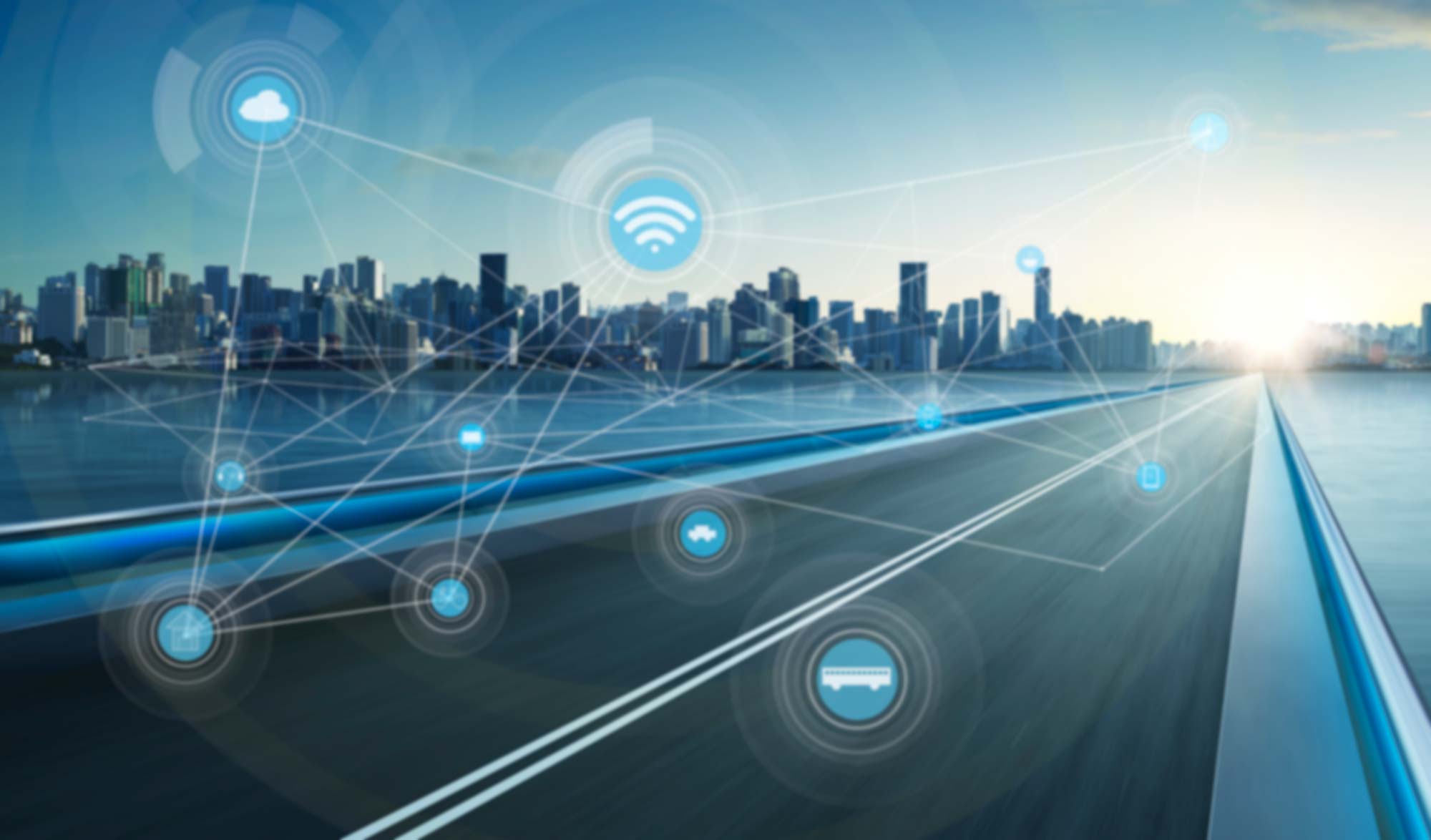
[From the last episode: We looked at the role of interrupts in a processor, and how they help save energy in battery-powered IoTThe Internet of Things. A broad term covering many different applications where "things" are interconnected through the internet. devices.]
OK, time to take a breath. We’ve covered a wide range of computing concepts; time for a quick review.
- We started by looking at the role of a processor in a system.
- We then looked at programming languages and both how we write softwareIn this context, "software" refers to functions in an IoT device that are implemented by running instructions through some kind of processor. It's distinct from "hardware," where functions are built into a silicon chip or some other component. and how we turn that into something a processor can understand.
- We saw how operating systems provide services to programs, and how they help us write programs that can work on more than one processor.
- We looked at the many kinds of processors that exist – it’s not all CPUs.
- We covered the basic notion of hexadecimal numbers, which helps us understand memory addresses.
- We saw some of the differences between little and big processors.
- We looked at pipelines and how they can speed up a processor.
- We saw how the pipelineA way of speeding up a repeated task by breaking it up into stages and having different resources do each stage. It takes longer for the first task to be completed (that’s the latency); the others come out in quick succession after the first one. affects the processor when it tries to guess what instruction is going to come next.
- We then gave processorsA computer chip that does computing work for a computer. It may do general work (like in your home computer) or it may do specialized work (like some of the processors in your smartphone). a break in order to talk about the different kinds of memory.
- We looked at the basic software notion of subroutines and functions.
- We then saw how a memory cache can help speed up access to larger, slower memories.
- Having looked at the basic components of a computing system, we then saw how those pieces can be assembled.
- And we saw that these systemsThis is a very generic term for any collection of components that, all together, can do something. Systems can be built from subsystems. Examples are your cell phone; your computer; the radio in your car; anything that seems like a "whole." can be built not only from separate chipsAn electronic device made on a piece of silicon. These days, it could also involve a mechanical chip, but, to the outside world, everything looks electronic. The chip is usually in some kind of package; that package might contain multiple chips. "Integrated circuit," and "IC" mean the same thing, but refer only to electronic chips, not mechanical chips., but how they can be combined on a single chip into microcontrollers and SoCs.
- We then saw how computing systems for the cloudA generic phrase referring to large numbers of computers located somewhere far away and accessed over the internet. For the IoT, computing may be local, done in the same system or building, or in the cloud, with data shipped up to the cloud and then the result shipped back down. are different from those used “at the edgeThis term is slightly confusing because, in different contexts, in means slightly different things. In general, when talking about networks, it refers to that part of the network where devices (computers, printers, etc.) are connected. That's in contrast to the core, which is the middle of the network where lots of traffic gets moved around..”
- We saw how IP helps save design work by re-using existing circuits – including CPUs.
- We then saw how legacy code can influence the decision as to what kind of processor gets used for a system.
- We looked at what it means for a system to sleep…
- … and how interrupts help make that possible.
There’s yet more to talk about, so we’ll pick up where we left off next week.


Leave a Reply